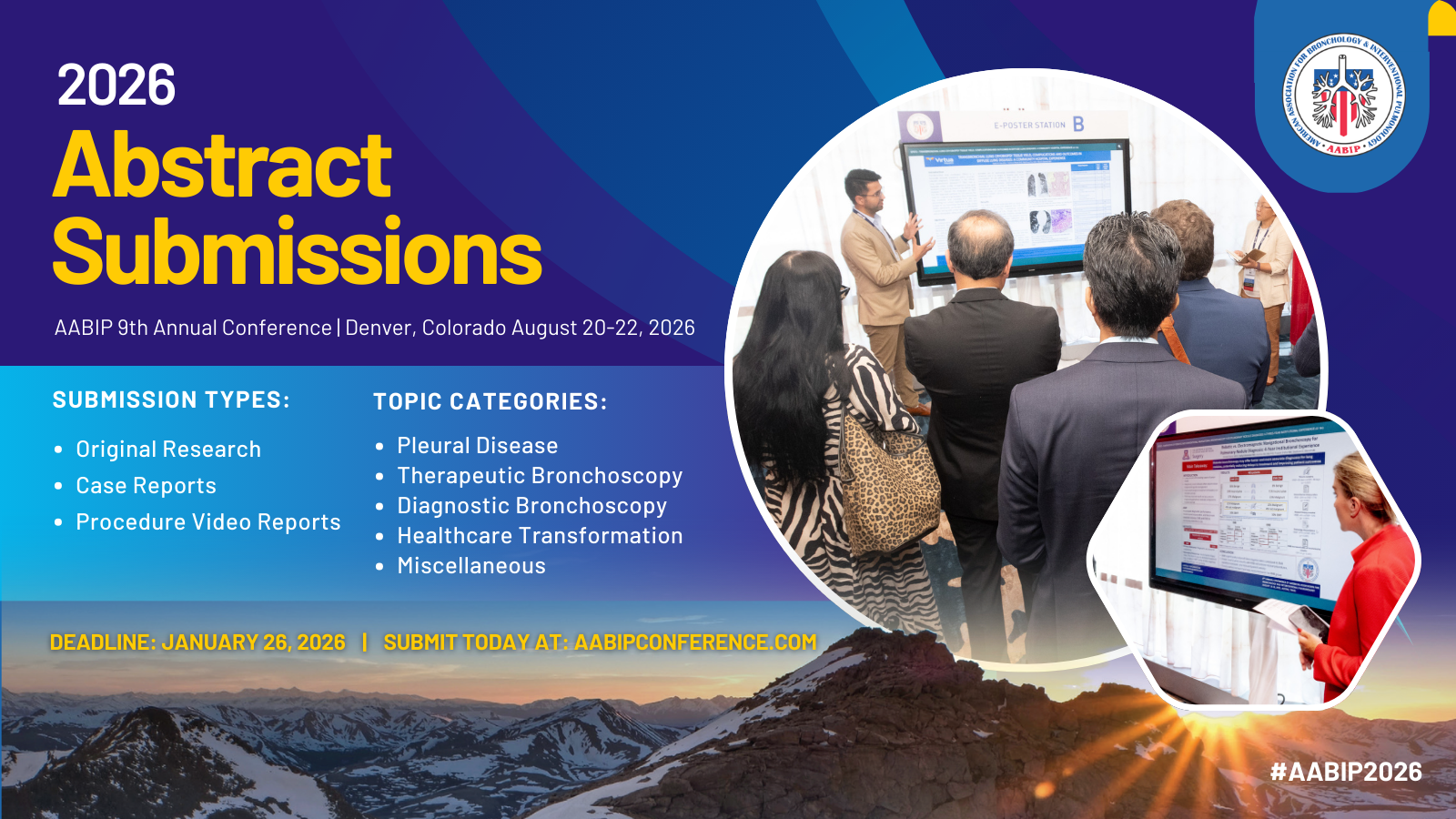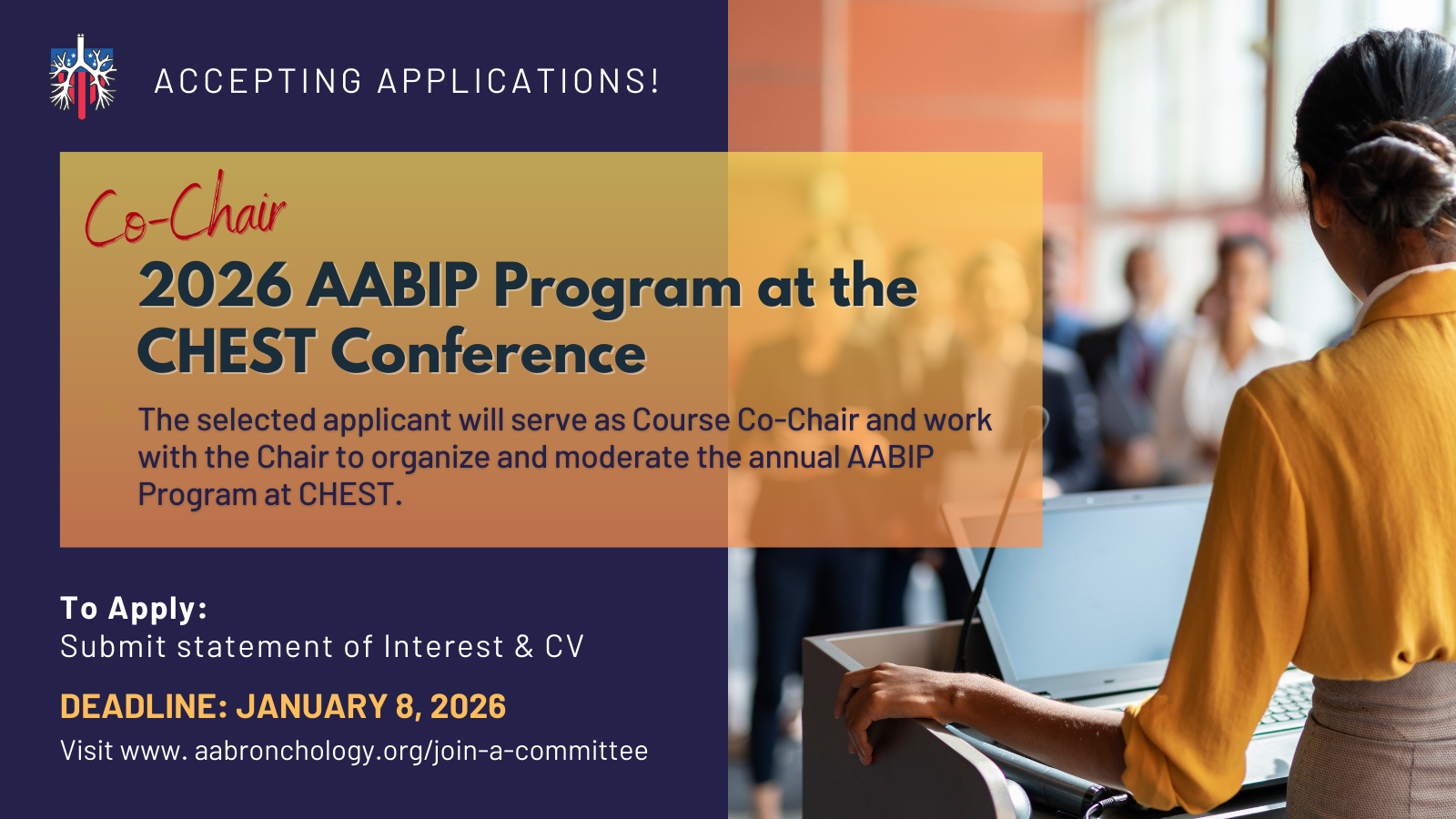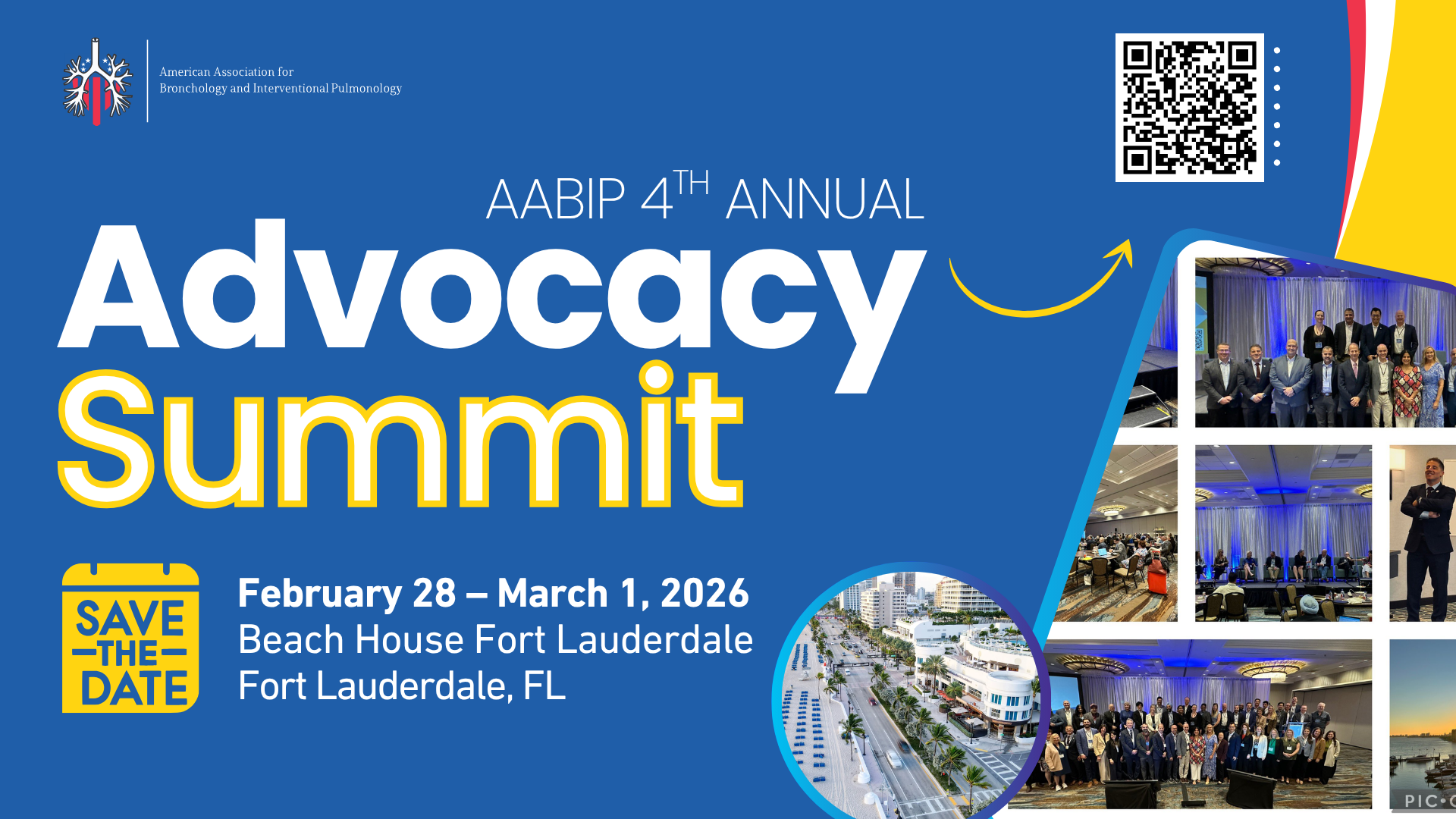https://pubmed.ncbi.nlm.nih.gov/30779915/
Review
Reference: Ninan N, Wahidi MM. Basic bronchoscopy: technology, techniques, and professional fees. Chest. 2019;155(5):1067-1074.
Summary: Coding pearls for basic bronchoscopic procedures including bronchoalveolar lavage (BAL), transbronchial needle aspiration (TBNA), transbronchial lung biopsy (TBLB), bronchial brushing, and endobronchial biopsies. Special interest is made regarding multiple endoscopy rule (only one CPT code is considered primary and fully paid while the rest of the codes are partially paid) and modifiers in bronchoscopy.
Advanced diagnostic and therapeutic bronchoscopy: technology and reimbursement
https://pubmed.ncbi.nlm.nih.gov/33581100/
Review
Reference: Desai NR, Gildea TR, Kessler E, et al. Advanced diagnostic and therapeutic bronchoscopy: technology and reimbursement. Chest. 2021;160(1):259-267.
Summary: Very helpful article highlighting the nuances of billing and coding appropriately for diagnostic and therapeutic bronchoscopy procedures with a focus on EBUS (both linear and radial), electromagnetic navigation bronchoscopy, electromagnetic navigation-guided transthoracic needle aspiration, fiducial marker placement and dye marking, therapeutic aspiration of secretions (“toilet” bronchoscopy), airway dilatation, airway stenting including Y-stents and T-tubes, ablation and resection, Photodynamic Therapy, bronchial thermoplasty, endobronchial valve deployment and removal including bronchoscopic lung volume reduction and Chartis assessment, percutaneous tracheostomy, transbronchial cryobiopsy, and endobronchial injection of medication (e.g.: steroid injection).
Basic and advanced pleural procedures: coding and professional fees update for pulmonologists
https://pubmed.ncbi.nlm.nih.gov/32882245/
Review
Reference: Desai NR, French KD, Kovitz KL. Basic and advanced pleural procedures: coding and professional fees update for pulmonologists. Chest. 2020;158(6):2517-2523.
Summary: Very helpful article highlighting the nuances of billing and coding appropriately for pleural procedures with a focus on chest ultrasonography, thoracentesis, blind closed pleural biopsy, chest tubes, indwelling pleural catheters, medical thoracoscopy, pleurodesis, and fibrinolytic instillations. It also describes global surgical packages with a focus on medical thoracoscopy interventions and various coding modifiers.
Moderate sedation changes for bronchoscopy in 2017
https://pubmed.ncbi.nlm.nih.gov/28687379/
Review
Reference: Nelson ME. Moderate sedation changes for bronchoscopy in 2017. Chest. 2017;152(4):893-897.
Summary: This article describes the increasing reliance on providers who are not the active proceduralist performing moderate sedation during procedures. It highlights important coding pearls for performing moderate sedation either as the proceduralist or as a separate provider.
Performance, long-term management, and coding for percutaneous dilational tracheostomy
https://pubmed.ncbi.nlm.nih.gov/30552868/
Review
Reference: Singh J, Sing RF. Performance, long-term management, and coding for percutaneous dilational tracheostomy. Chest. 2019;155(3):639-644.
Summary: Coding pearls specific to percutaneous dilational tracheostomy placement including providing necessary documentation if bronchoscopy CPTs are applied, description of coding for tracheostomy tube exchange, and the concept of global surgical period (for which Medicare and Medicaid Services have zero global days although some commercial payers impose a 10-day global period) hence requiring documentation relevant to tracheostomy care as per subsequent evaluation and management encounters from primary management.








